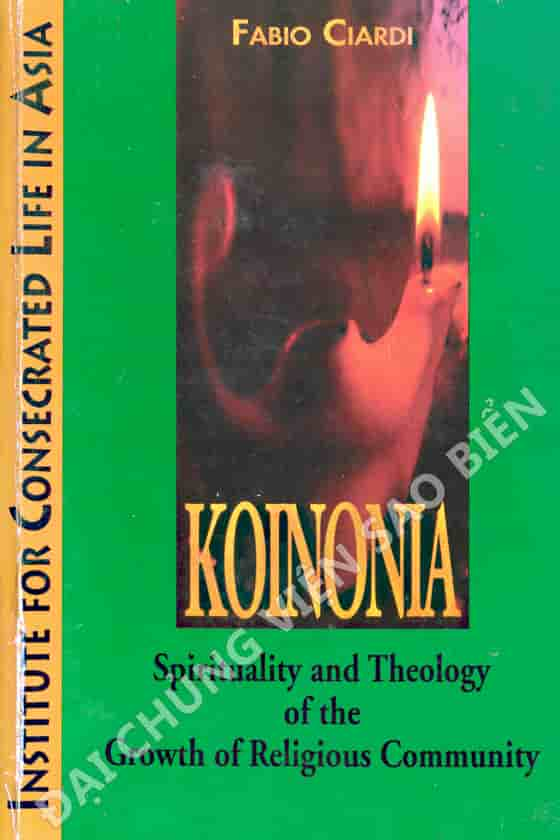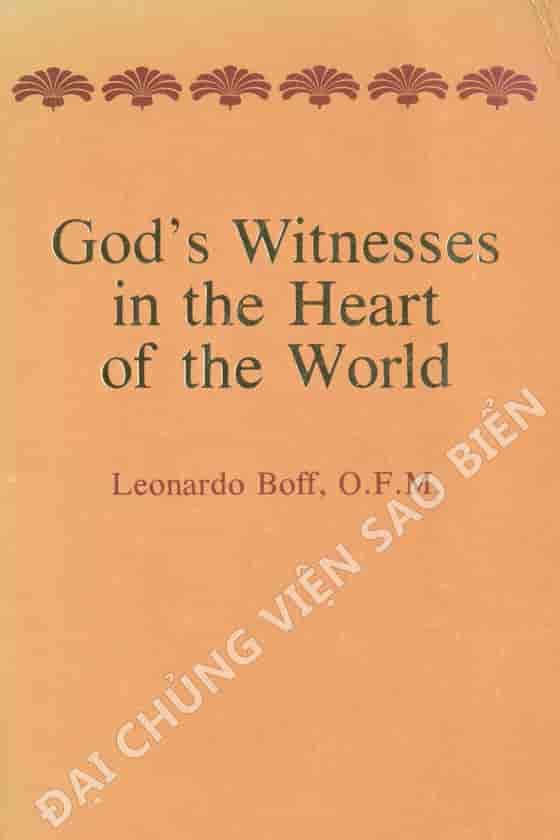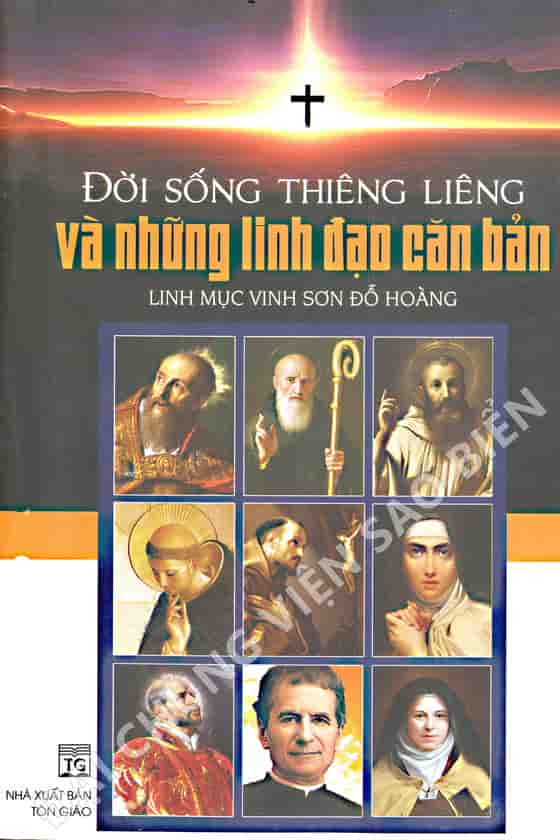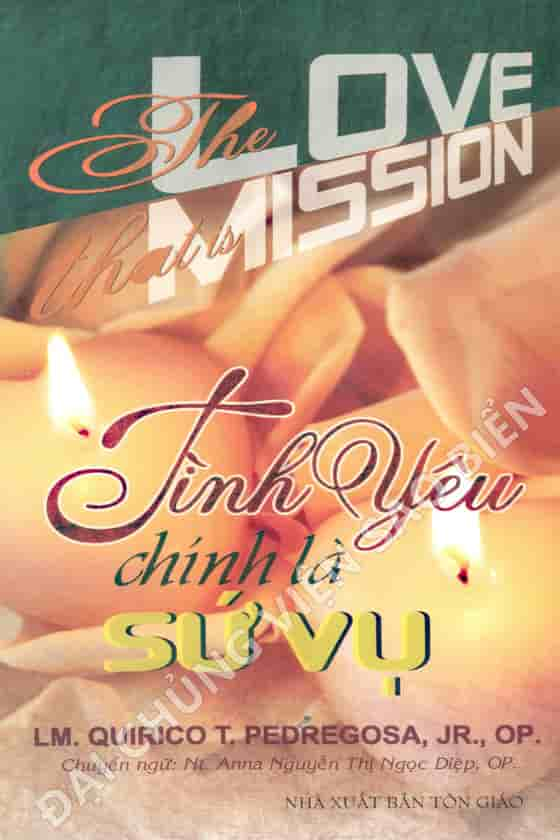| Introduction |
1 |
| Longing for unity: A sign of the times |
2 |
| The Spirit's answer to the desire for unity |
5 |
| The religious community as a response to the signs of the times |
8 |
| Part one: The evangelical inspiration |
|
| 1. Nostalgia for the beginnings |
17 |
| 2. 'To be his companions': the twelve around Jesus |
23 |
| The birth of the apostolic community |
23 |
| A community in the making |
30 |
| The charateristic features of the apostolic community |
36 |
| 3. 'One heart and one soul': the first Christian community |
41 |
| Reborn in the Spirit |
41 |
| The unity of the community is the fruit of the Spirit of Pentecost |
45 |
| The face of the new community |
48 |
| Jerusalem: a paradigm of the ideal |
52 |
| Part two: Historical understanding |
|
| 1. Above all, the choice of God: Solitude and communion in primitive eremitism |
59 |
| The quest for solitude |
59 |
| The cultural motivation of solitude |
62 |
| Solitude as the prelude to communion with God and the brethren |
64 |
| Communion' in the eremitic life |
67 |
| 2. Holy koinonia appears: the dawn of the monastic community |
77 |
| The community is born out of experience |
77 |
| The foundation of charity |
79 |
| Doctrinal development |
81 |
| Some fundamental principles take shape |
86 |
| 3. The excellence of the common life: The evangelical brotherhood of basil |
91 |
| The beginning of monastic experience: Solitude and ascesis |
91 |
| The discovery of the precept of charity |
93 |
| The excellence of the common life |
96 |
| An open community |
99 |
| 4. The centrality of love: The trinitarian unity of the Augustinian community |
103 |
| Attracted by the Sweet Melody: 'Brethren living together' |
103 |
| The nature of community: Love and unity |
106 |
| The trinitarian model |
111 |
| 5. A school for the divine service: the benedictine monastery |
117 |
| The monastery, school of the divine service |
117 |
| Unity and charity |
120 |
| 6. The spacious cloister of the whole world: Franciscan brotherhood |
127 |
| A new form of community |
128 |
| Brotherhood, the constituent element of cohesion |
131 |
| The expressions of fraternal charity |
134 |
| 7. United in order to be scattered: the society of Jesus |
143 |
| A new apostolic community is born |
145 |
| The value and meaning of obedience to the Pope |
148 |
| The features of the new community |
149 |
| 8. 'Among yourselves, love, and outside, zeal for souls': the experience of the congregations |
157 |
| A community for mission |
159 |
| A community united like a family |
162 |
| United by bonds of the most fervent charity' |
163 |
| The shape of the community and the Marks of unity |
167 |
| The call to unity |
169 |
| The missionary charater |
170 |
| 9. The atttraction of modern times: New communities for today's Church |
175 |
| The secular community |
176 |
| New communities |
180 |
| Our brothers' keeper |
183 |
| Ecclesial movements |
185 |
| The focolare |
186 |
| 10. Love is greater: the feminine accent in the experience of community life |
193 |
| The difficult path of the female community |
194 |
| Profiles of some female communities |
199 |
| The charism of love |
207 |
| Part Three: Theological Reflection |
|
| 1. The trinitarian mystery: The trinity as archetype of community |
217 |
| The trinity as the origin and source of communion |
220 |
| A family of brothers united in the same father |
222 |
| Made one in Christ Jesus |
224 |
| In the koinonia of the Holy Spirit |
226 |
| Involved in the Dynamics of the Trinity |
228 |
| 2. The paschal mystery: The risen Lord as the life of the community in the power of the Spirit |
235 |
| Kenosis as the revelation of otherness and the relationship of unity |
237 |
| The presence of the risen Lord |
241 |
| Charity, The gilt of the Spirit |
250 |
| 3. The gift of unity: the theological components of community |
255 |
| Unity in the Word of God and in the Word of Charism |
255 |
| Unity in the Eucharist |
259 |
| The brother or sister as sacrament of God's Love |
264 |
| 4. Ecstasy of love: The evangelistic dimension of community |
269 |
| Communion is missionary |
271 |
| The apostolic dimension of the religious life |
274 |
| For a new charismatic creativity |
276 |
| 5. Sign of the communion of saints: The religious community in the community of the church |
281 |
| The ecclesiality of the Religious community |
281 |
| Elements which characterize the religious community |
283 |
| The religious community in communion with other communities |
287 |
| The religious community, Reminder and Prophetic sign of unity |
294 |
| Part four: The daily journey |
|
| 1. Community as duty and commitment: The anthropological dimension of community |
305 |
| The coommunity as a place of personal growth |
306 |
| Towards a community spirituality |
309 |
| In search of brethren |
315 |
| The centrality of love |
317 |
| 2. The concreteness of love: how to build up community |
323 |
| The practice of charity |
|
| Teaching methods for the life of unity |
331 |
| The measure of love |
336 |
| Conclusion |
341 |
| Selected Bibliography |
345 |


































